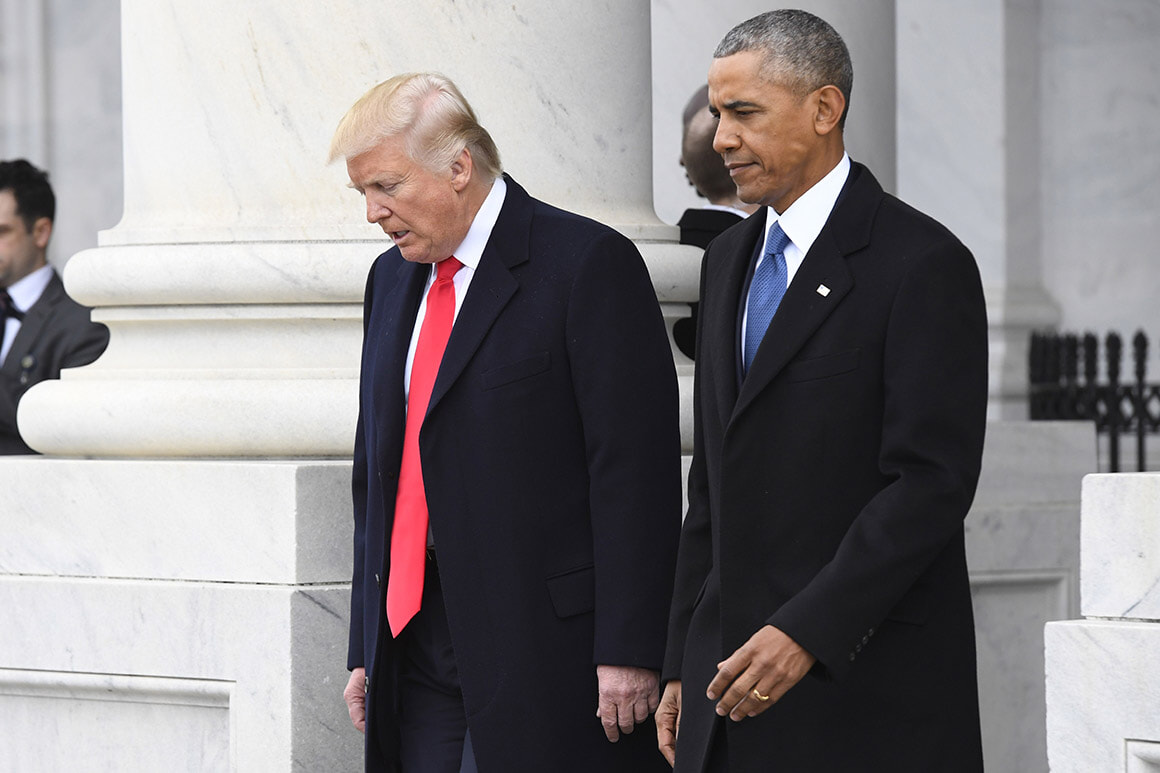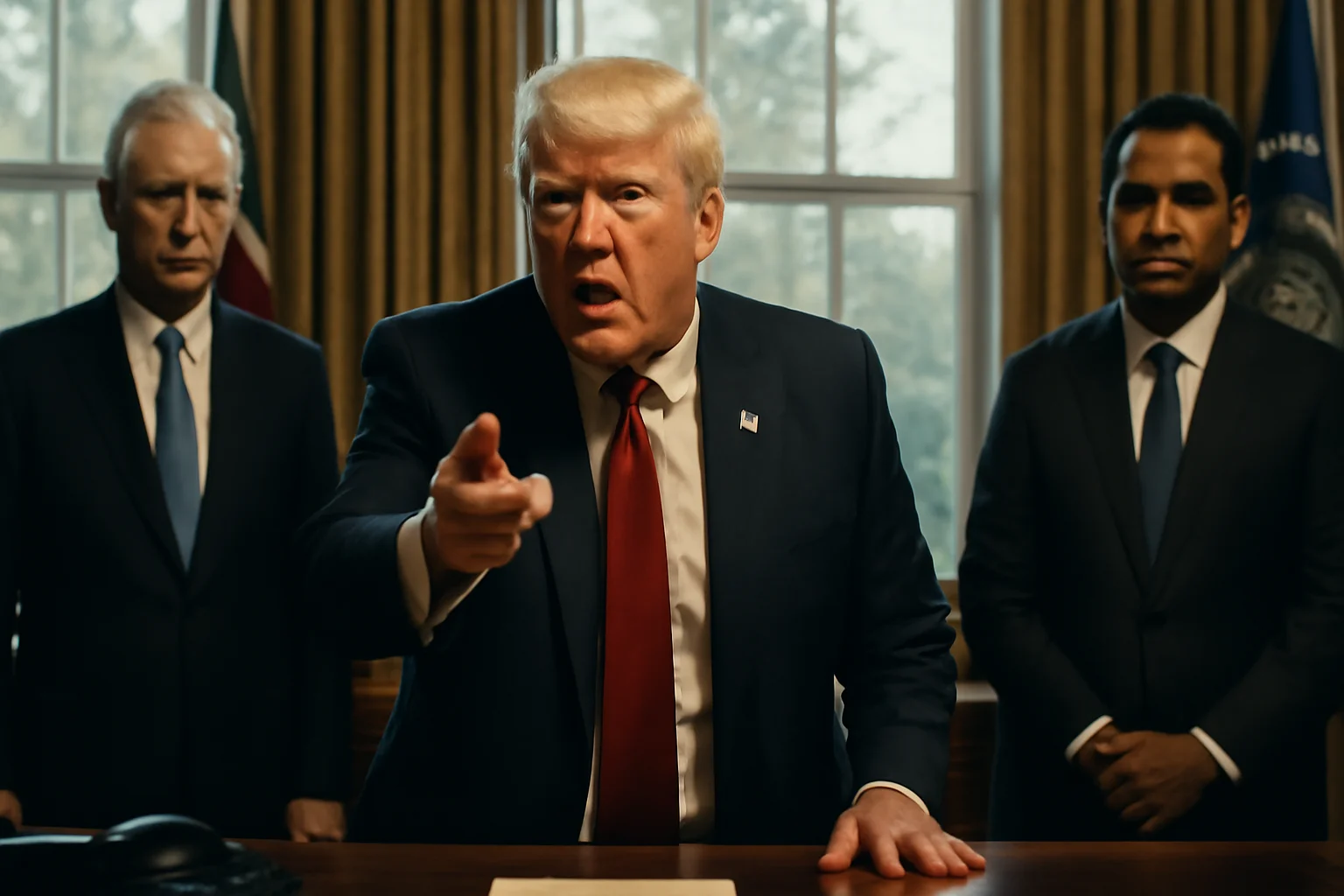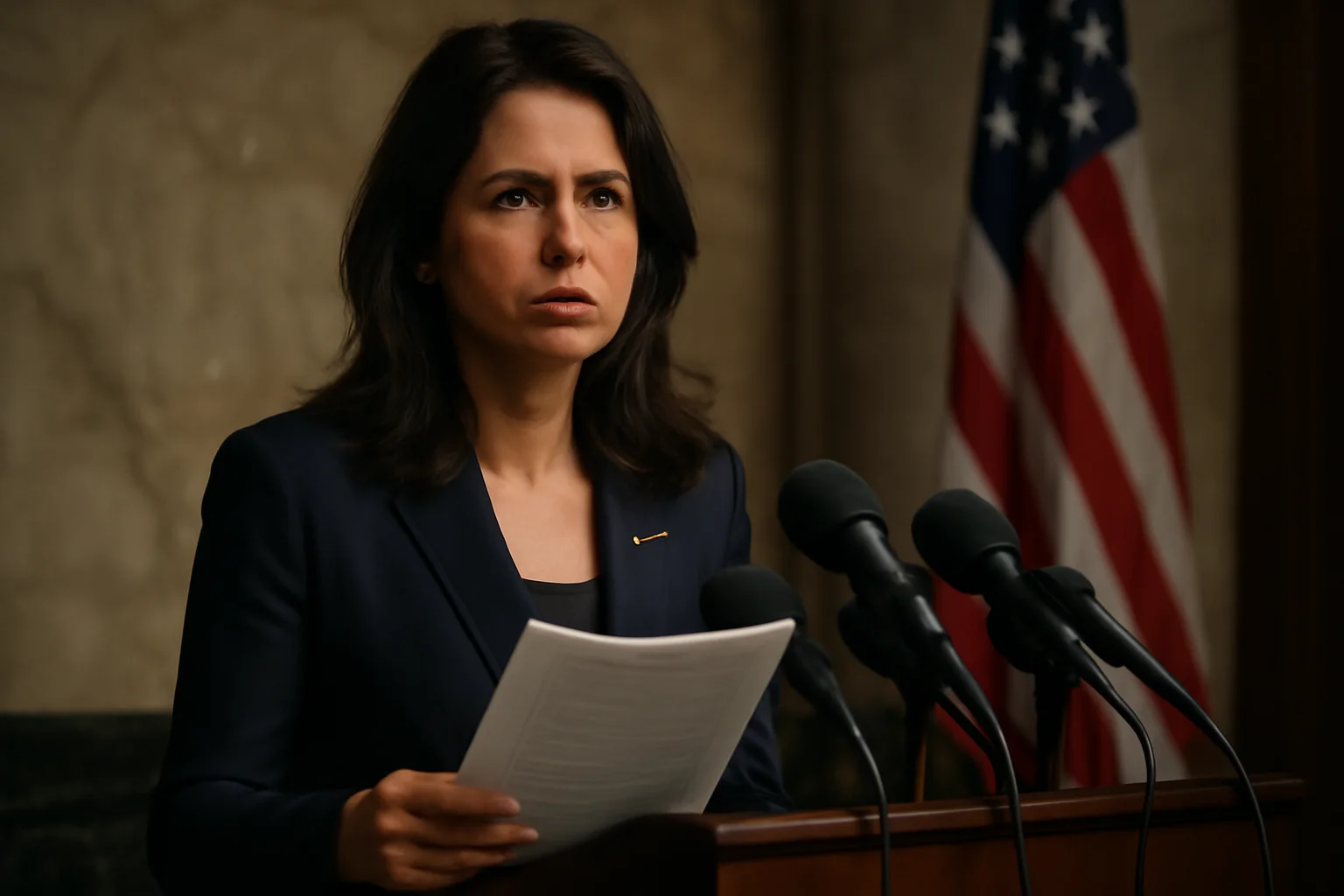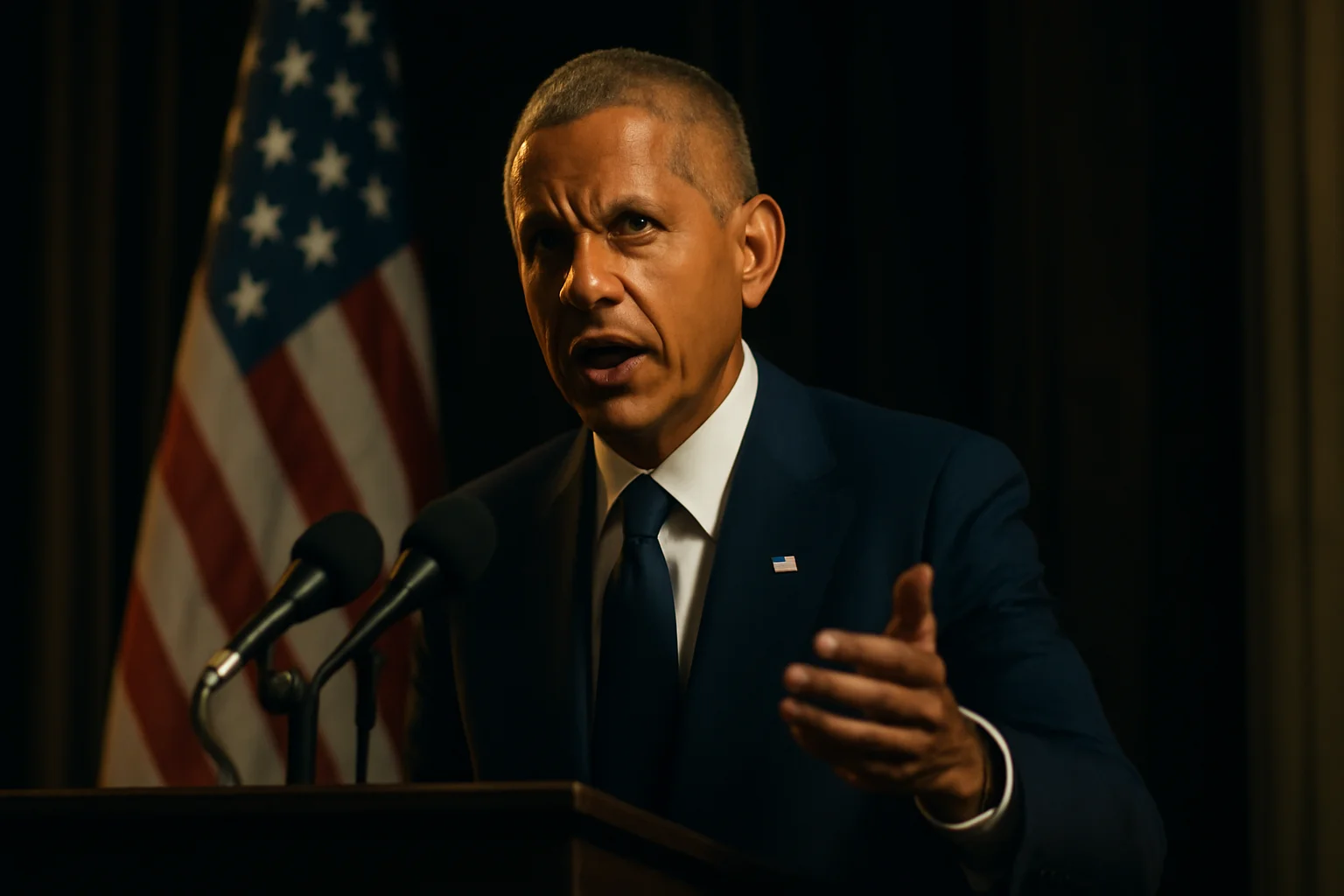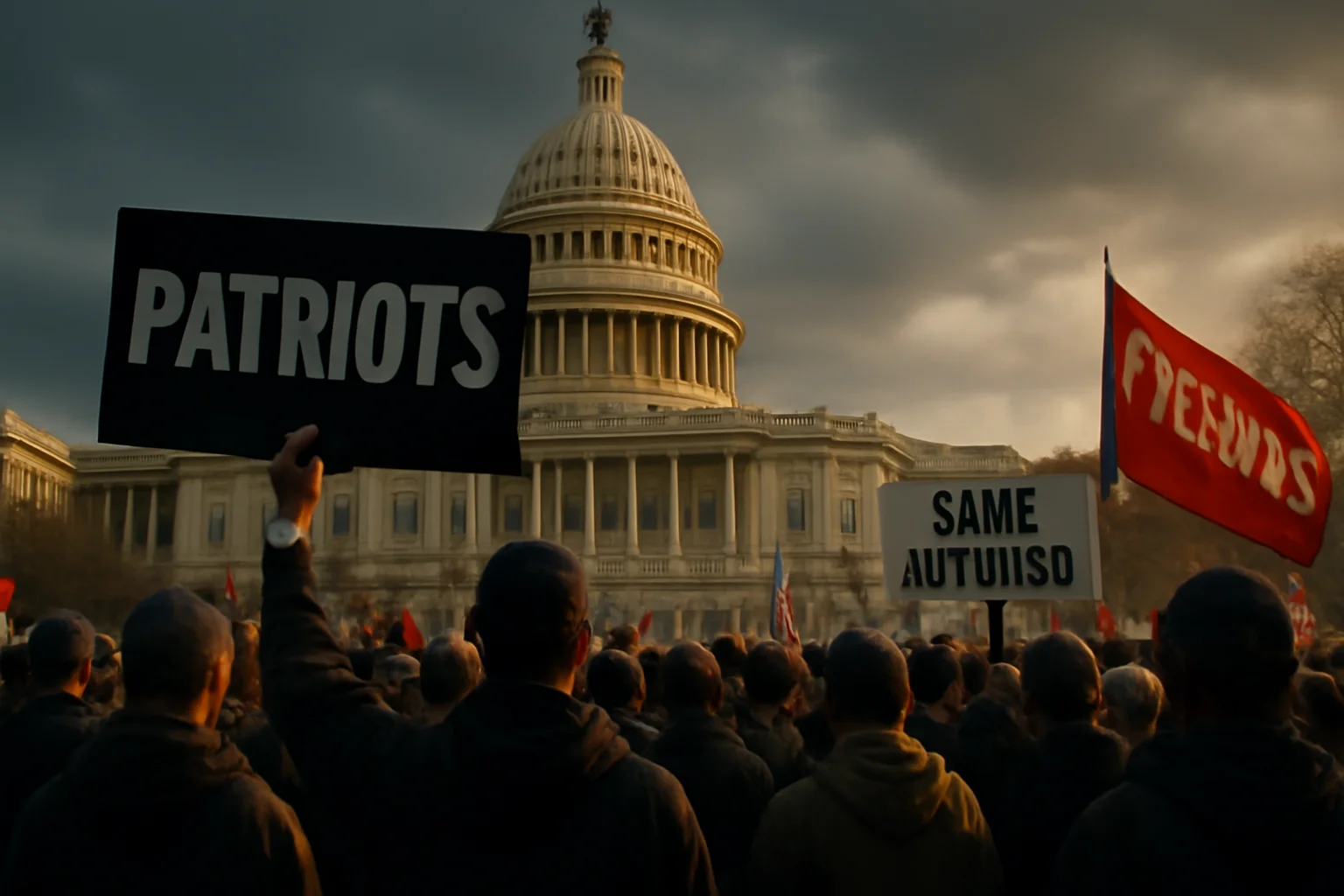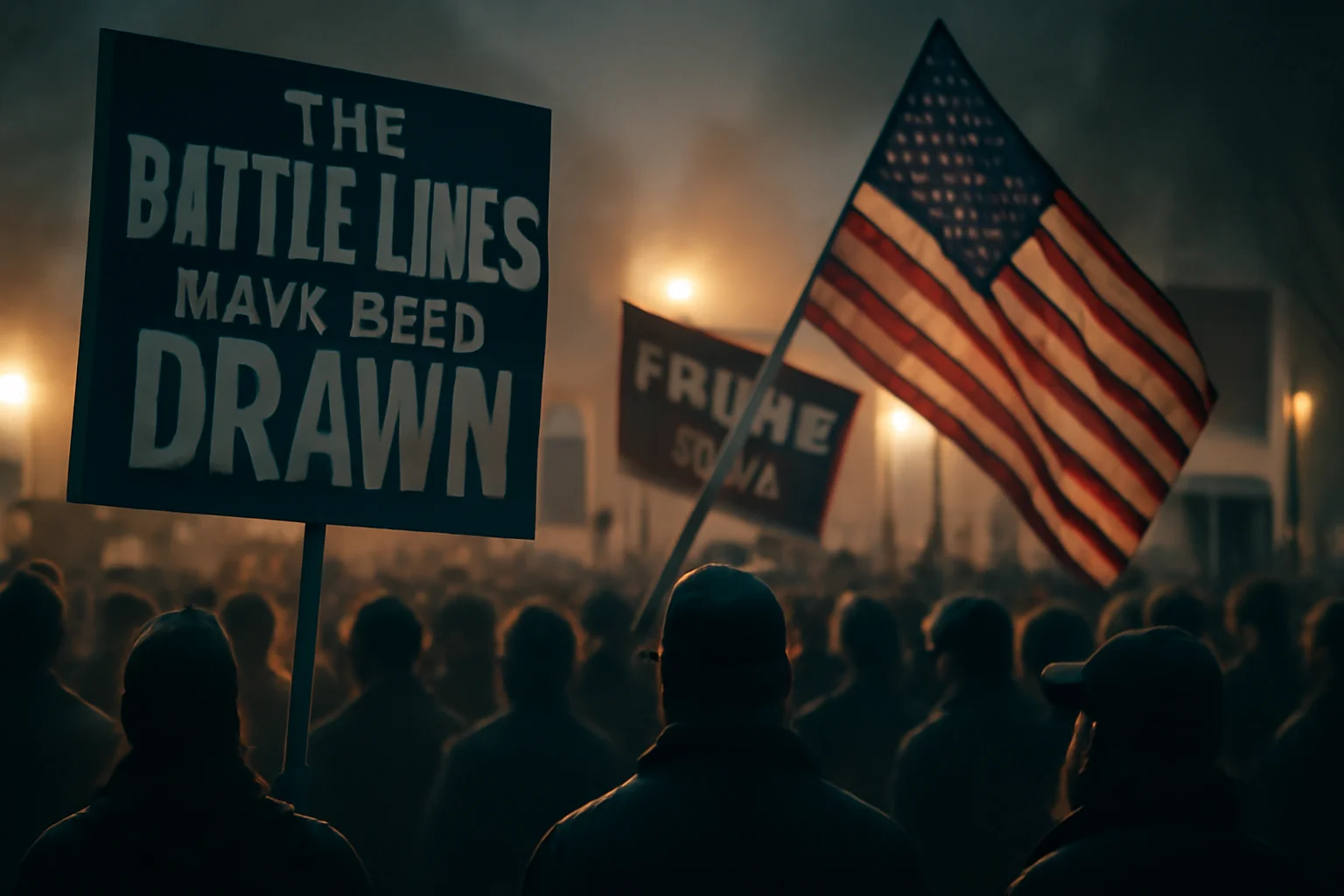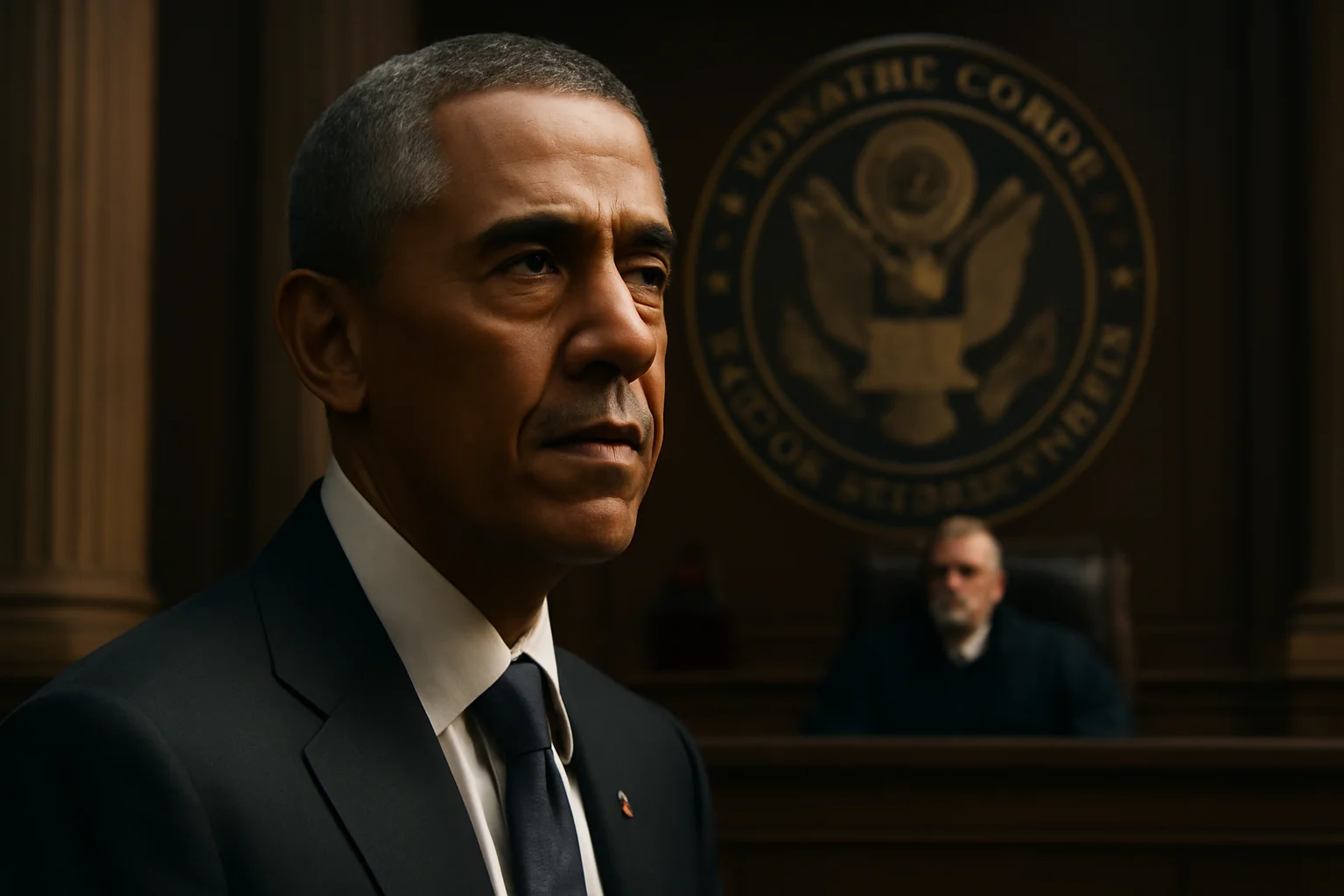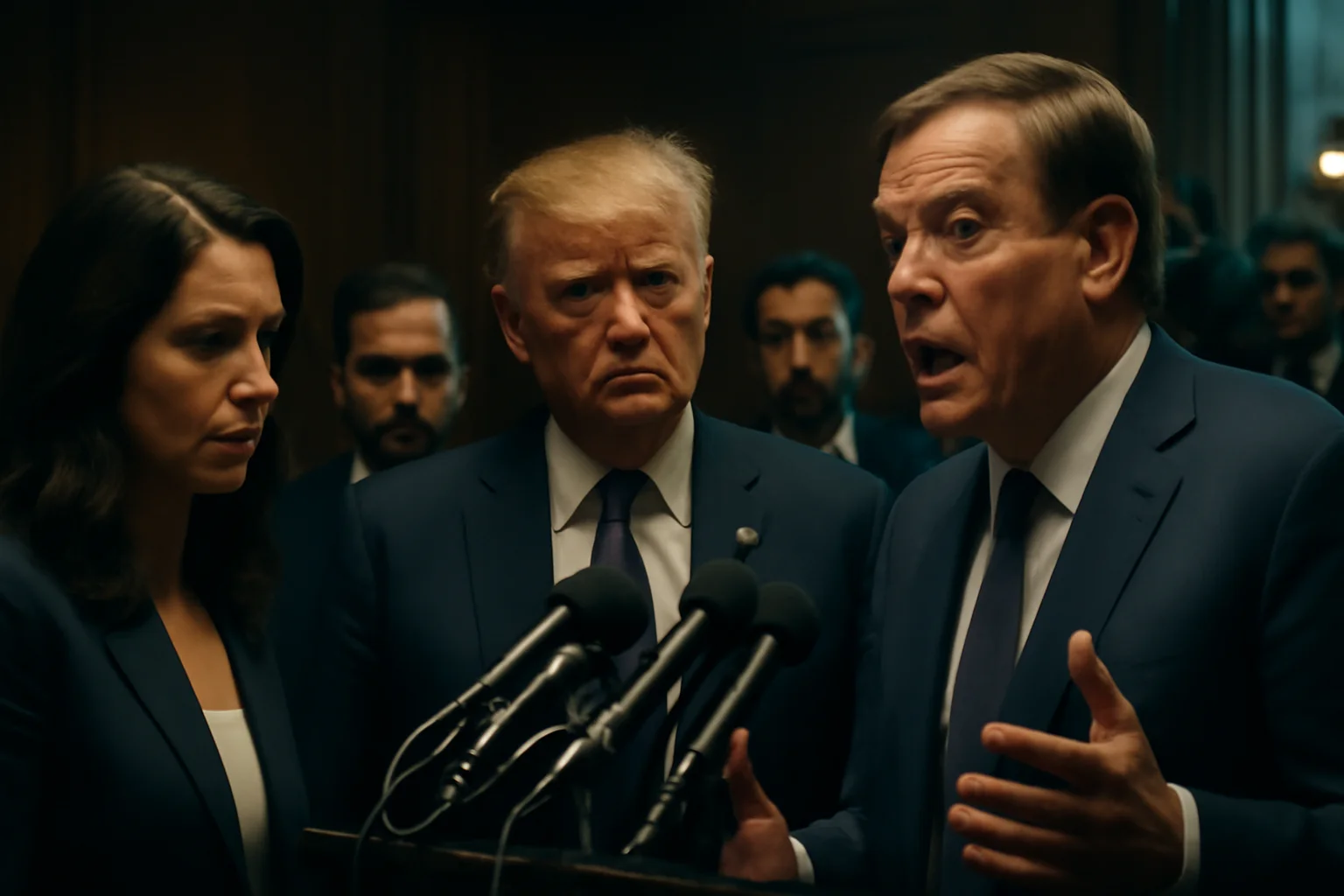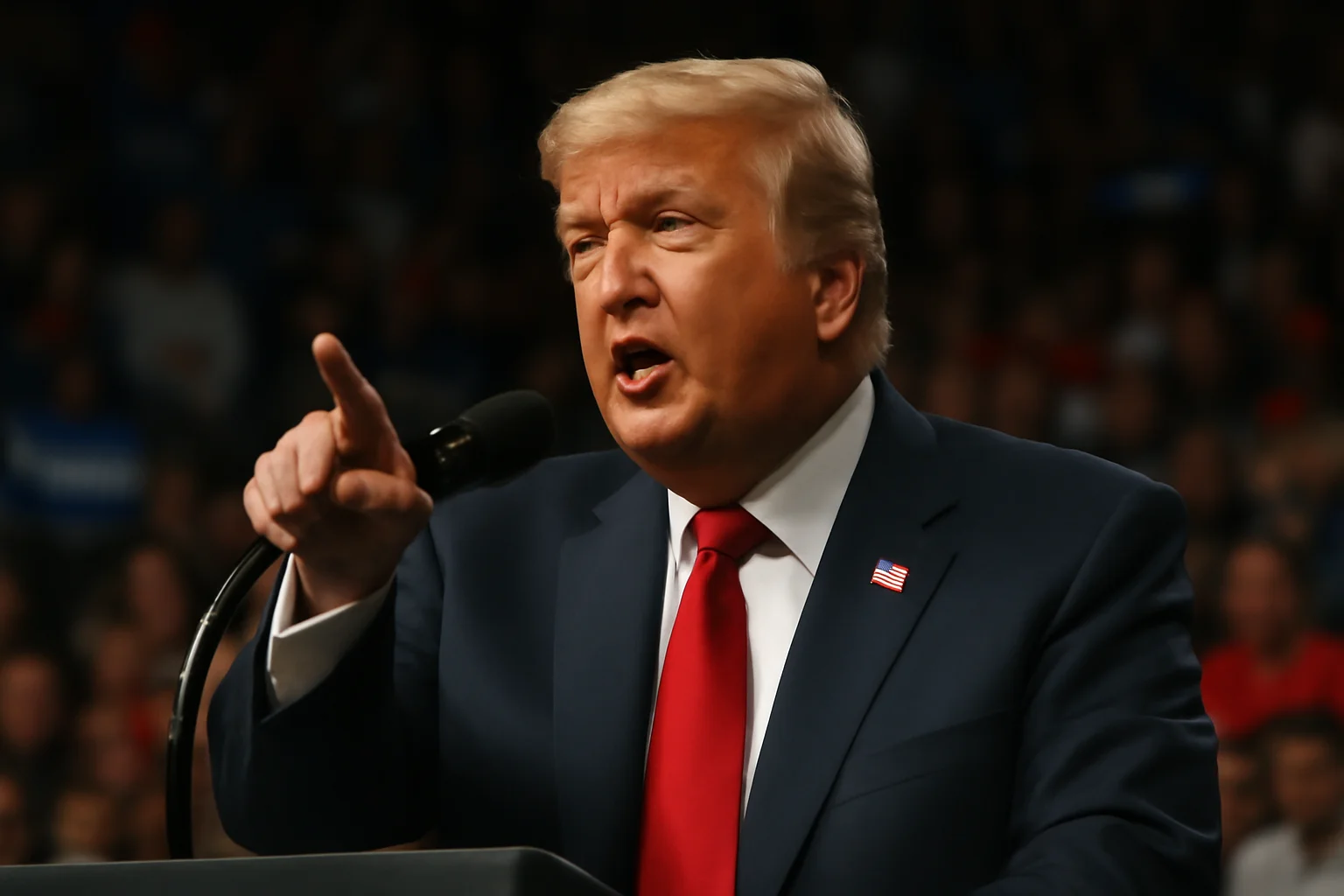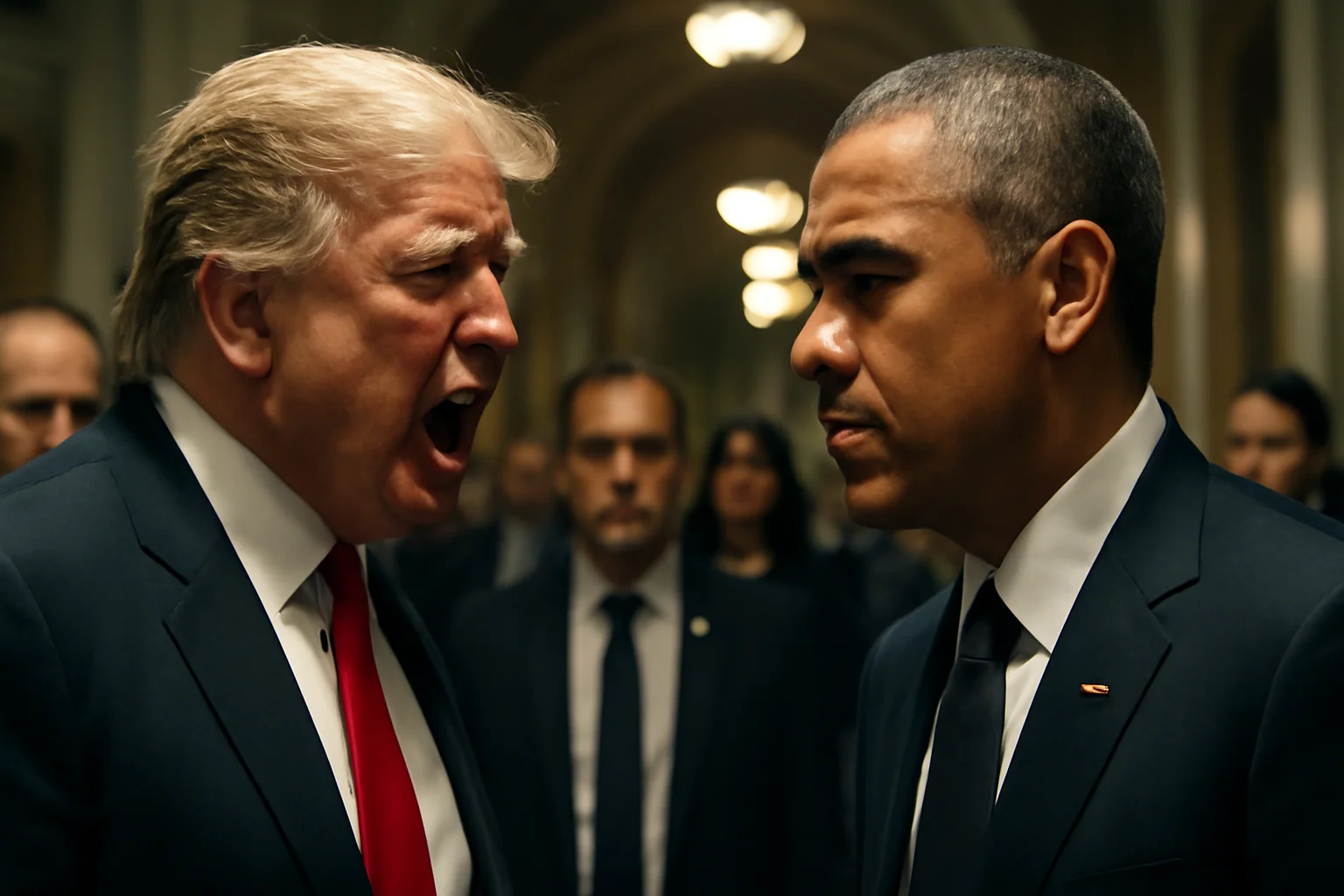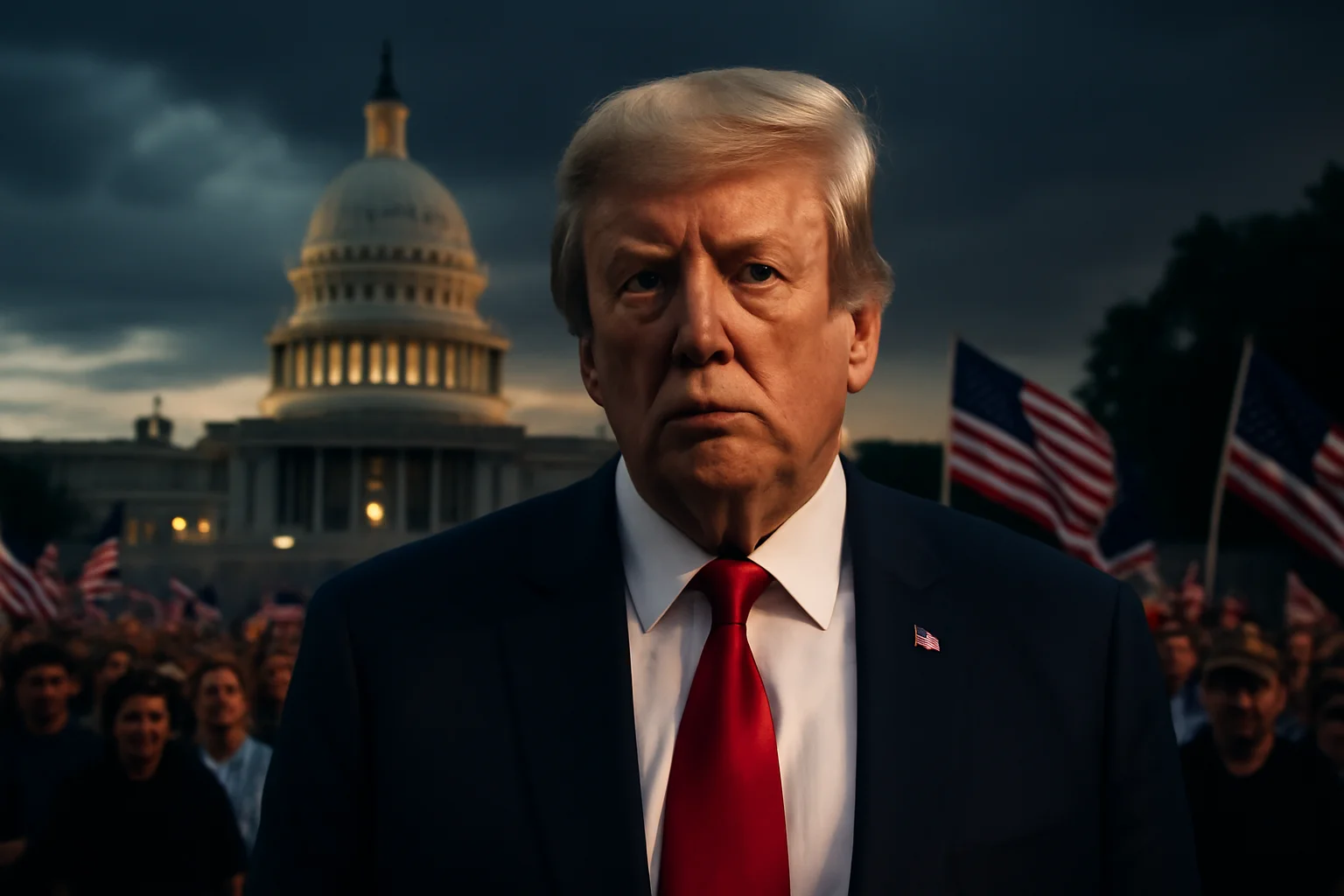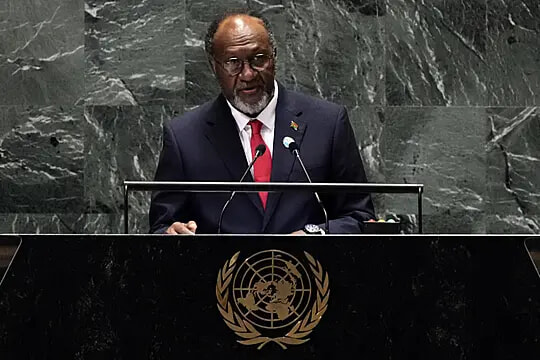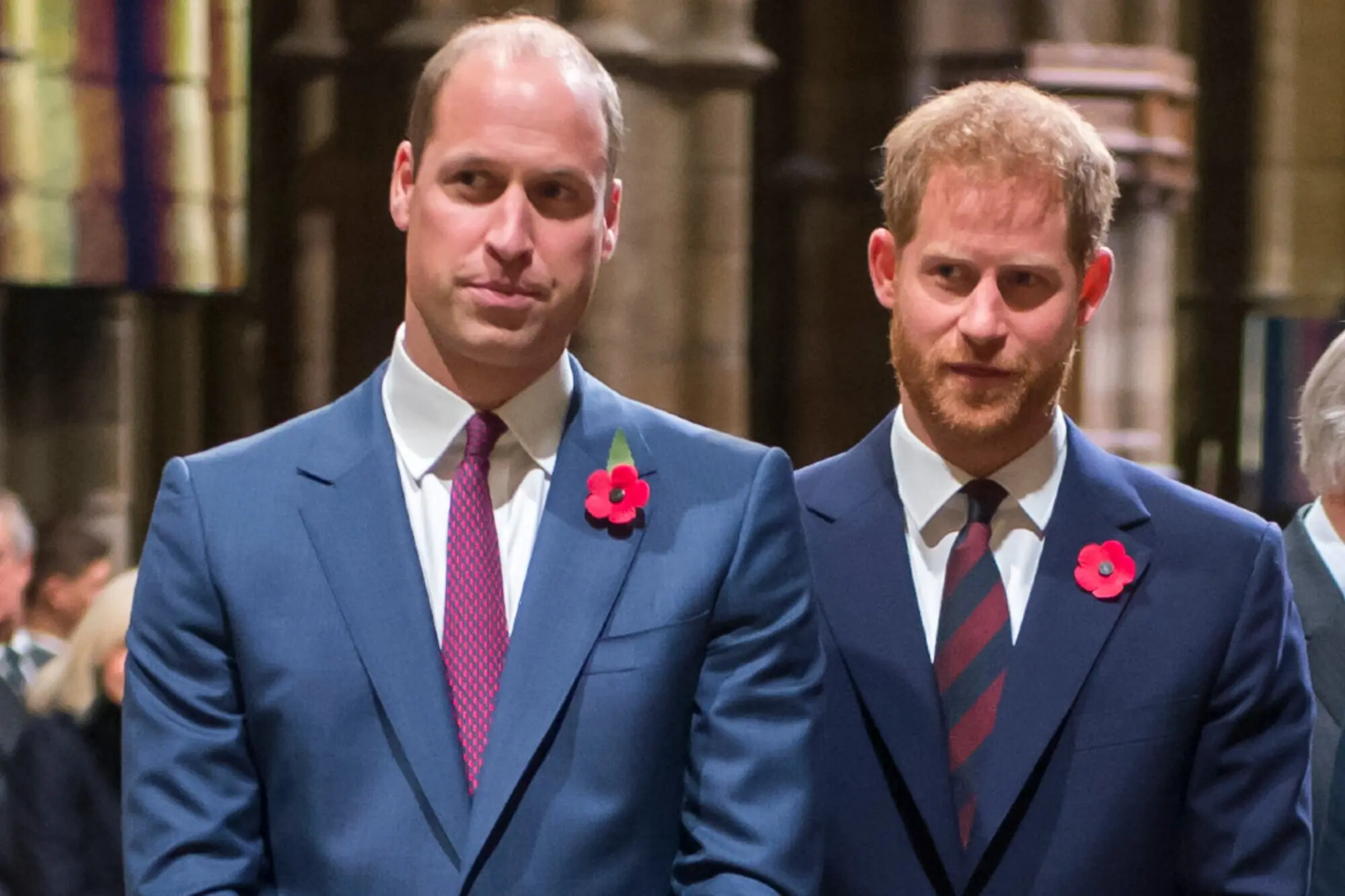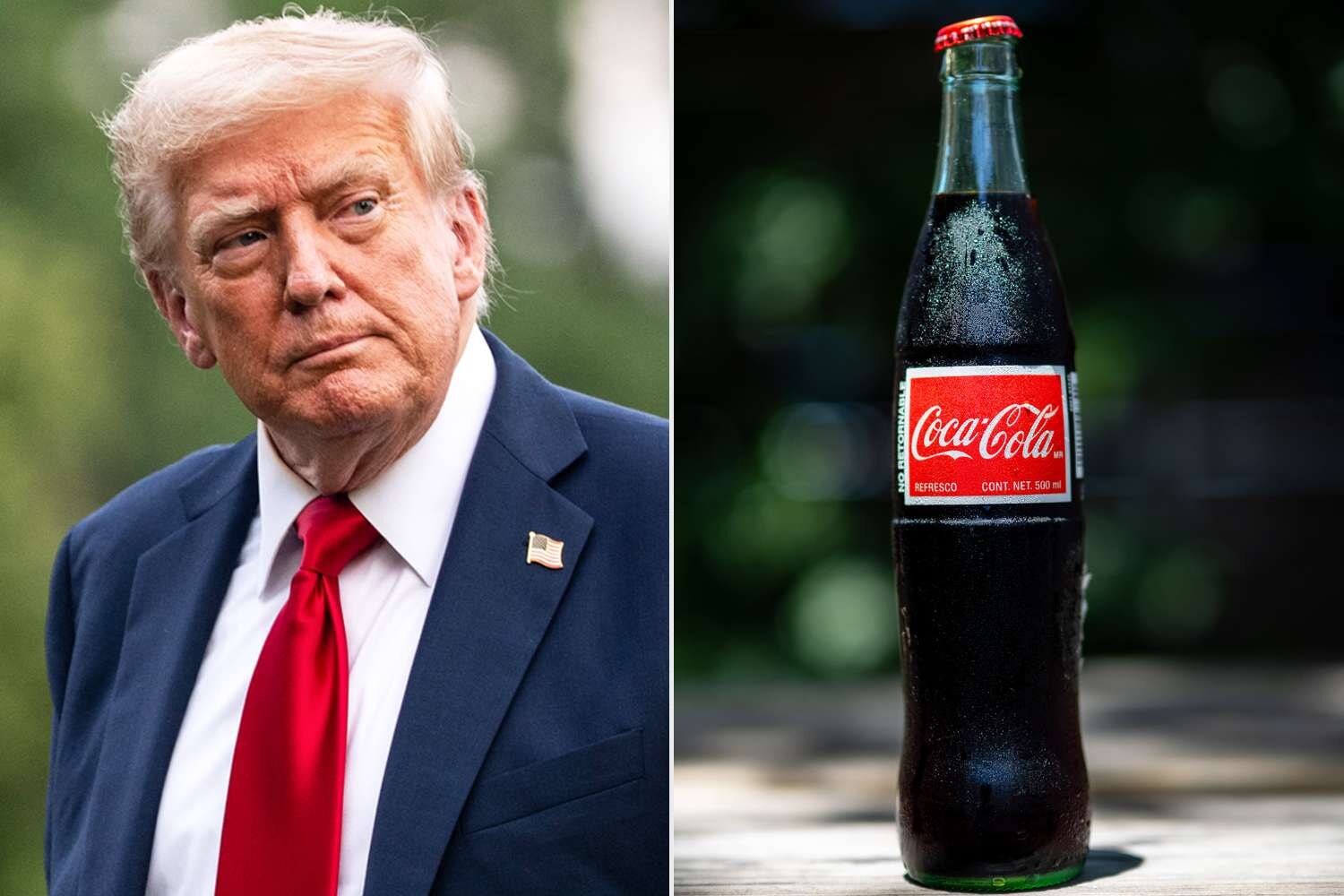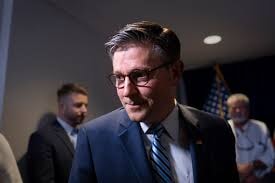The political world reeled as President Trump stood in the Oval Office, flanked by foreign dignitaries, and accused his predecessor Barack Obama of "treason"—a charge he repeated in front of cameras without offering concrete evidence.
Trump declared that Obama was the mastermind behind a supposed criminal conspiracy to rig the 2016 election, insisting, “He’s guilty. This was treason. This was every word you can think of.”
The president’s fiery comments followed a fresh round of unproven claims that Obama and his national security team orchestrated a years-long plot to undermine Trump, turning the White House into a stage for the nation’s deepest political divisions.
As Trump doubled down on social media and in person, his base demanded action, while critics dismissed his statements as baseless and bizarre.
The unprecedented scene captured how deeply Trump’s grievances against Obama, Clinton, and the so-called "Deep State" continue to animate his presidency.
Behind the scenes, allies scrambled to keep MAGA loyalists satisfied, fearing a rift if Trump failed to deliver on calls for accountability.
Amid growing public scrutiny over the administration’s handling of the Jeffrey Epstein case, Trump’s accusations against Obama appeared as much about distraction as retribution.
Political observers saw the episode as a dramatic escalation in the ongoing feud between Trump and his predecessor.
The administration’s spokespersons refused to elaborate on next steps, deflecting questions to the Department of Justice.
For many, the spectacle highlighted the lengths to which Trump would go to settle old scores—and the challenges ahead for American political norms.
